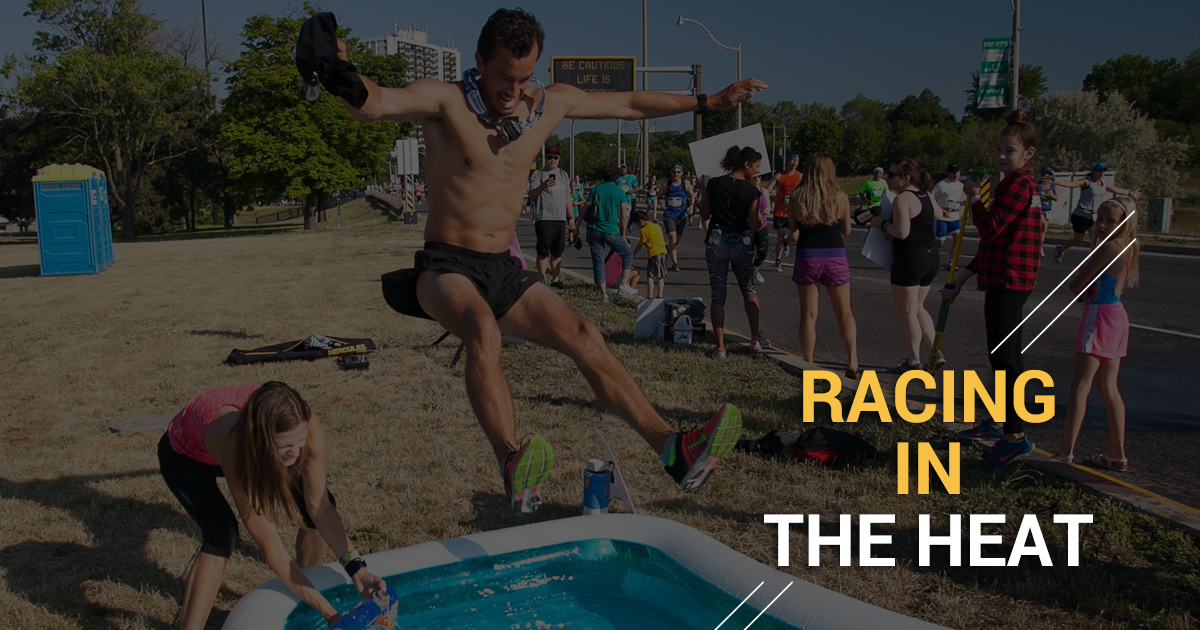
Tapering can be the hardest part of a training block, but also the most important. It’s a time where runners start to go a little stir crazy. After months of training and maintaining a routine of running most days of the week, it’s always strange to cut mileage back. Feelings of unpreparedness, sluggishness, and worry grip even the most confident runners.
Easing off of running volume, but not necessarily intensity, allows the body to fully recover from the training build. With rested muscles that are fully loaded with energy, race pace will feel more manageable than ever. Here are some tips to nail your taper without going too crazy from the lack of running!
Taper duration:
Taper phases can last anywhere from seven to 14 days depending on the race distance and the runner’s experience. Make sure to stick to your taper plan even if you become restless. It’s common for beginners to take two weeks to taper, while more experienced distance runners tend to opt for a one-week taper.
Training:
In the final weeks of a build, it’s unlikely you’ll gain a lot of extra fitness. Instead of continuing to push your body right up to race day, ease off and allow it to bask in the efforts you’ve put forth in the months leading up to the race. Cutting back your mileage is crucial to a successful taper, but it doesn’t mean that the intensity needs to decrease. Many runners will reduce their total mileage by at least 50%, but still include a couple quality workouts to keep the legs feeling peppy and their mind at ease. Reducing both running quantity and quality results in an overactive mind that convinces us that all our training has vanished and we’re unprepared. So, keep the mileage low but maintain a small amount of intensity to keep the body sharp.
Distraction:
Less training, means more spare time. Instead of going stir crazy, use this time to catch up on neglected tasks, or turn your training focus to recovery. Go for a massage; stretch and roll out any kinks; go for short walks to get some fresh air; or take the time to visit with the friends and family that have supported you along the way. Create race day plans, organize your race kit, collect your bib, set goals and visualize your race day success. This extra time should be filled with activities that celebrate YOU and get you into the best physical and mental state possible.
Nutrition:
Eating right and fuelling your resting muscles before a race is key. Lower mileage doesn’t mean you have to slash your calories significantly. With that, you don’t need to consume quite as much as you would during high training weeks. The taper is a time to replenish your stores and start storing glycogen for race day. Fill your body with some extra complex carbohydrates in the couple of weeks before the race. A gradual increase in carbohydrate is far more effective than wolfing down plates of pasta the night before the race which can result in feeling heavy or bloated come race morning. As long as you’re sensible in your food intake and still eating healthy fats, protein and complex carbs, weight gain is unlikely. Instead your body will thank you for the fuel and will be burned off come race day!
Sleep:
Pent up energy is common during a taper. This can sometimes make it difficult to get a good nights sleep. Try to maintain a consistent schedule and hit the hay around the same time each night. Catch up on your favourite TV shows, or grab a good book to rest your body and indulge in some frivolous entertainment. Keep in mind that two nights before the race is the most important night for a restful sleep. Most races occur on a Sunday, so Friday night is the important one. It’s normal to have a short sleep the night before a race. Many high level athletes you talk to will admit to barely sleeping the night before big events. There’s too much excitement and anticipation the night before to truly rest.
Trust the taper!
It’s easy to feel “phantom pains” or have doubts sneak into your mind in the days before the race. Try to ignore these thoughts and feelings, and stick to your plan. Keep to your usual schedule, don’t try anything new leading up to the race, and believe that you’ve prepared yourself as best as you can. Then, go out and have a killer race day! That’s the fun part.




















